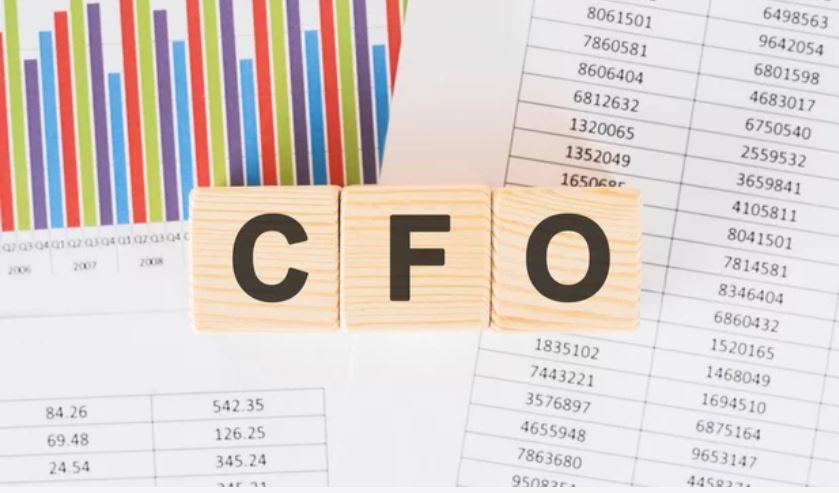When Can You Access Your Super?
It’s a very common question and superannuation laws constantly change.
You’ve worked hard to build up a nest egg and everyone wants to retire sooner rather than later. You might also have grand plans and to make it all happen you need to know when you can tap into your superannuation.
As you would be aware, the government puts restrictions on when you can draw down and access your superannuation so that you use your superannuation savings for retirement purposes. You can generally only access your super:
- When you turn 65 (regardless of whether you continue working or not).
- When you reach your ‘preservation age’ and permanently retire.
- When you reach your ‘preservation age’ and start a Transition to Retirement Income Stream
- If you become permanently disabled or terminally ill.
- In some special circumstances including compassionate grounds and severe financial hardship.
What is Your ‘Preservation Age’?
Your ‘preservation age’ is the age at which you are generally first allowed to access your super. It’s up to you to decide the right time to draw down your superannuation savings. You need to examine how the timing of reaching your preservation age fits in with your projected financial situation and personal circumstances.
For example, you may pay tax if you withdraw your super before you turn 60, either via an income stream or as a lump sum, although some of it might be tax-free. (Tax may still apply to withdrawals after age 60 from untaxed funds such as some of the public sector funds, and, as of 1st July 2017, certain recipients of private and public defined benefit pensions which may exceed the $1.6 million transfer balance cap).
Calculating your preservation age depends on your date of birth. When you turn 65, you can generally access your superannuation regardless of whether you retire or not.
|
Your Birthday |
Your Preservation Age |
|
Before 1 July 1960 |
55 |
|
1 July 1960 – 30 June 1961 |
56 |
|
1 July 1961 – 30 June 1962 |
57 |
|
1 July 1962 – 30 June 1963 |
58 |
|
1 July 1963 – 30 June 1964 |
59 |
|
From 1 July 1964 |
60 |
Source: Australian Taxation Office (ATO) website February 2018.
Accessing Your Superannuation through a Transition to Retirement Income Stream (TRIS)
When you reach your preservation age, you may be able to reduce your working hours without reducing your income by accessing your super as a Transition to Retirement Income Stream. TRIS strategies can be implemented whether working full time or part time.
- Work full time while your employer continues to make contributions into your superannuation account. You may also salary sacrifice into your superannuation. The amount you sacrifice is then supplemented by a Transition to Retirement Pension drawn from your super. This option has become less attractive because as of 1st July 2017, earnings on TRIS assets are no longer tax exempt and attract 15% earnings tax. It is still possible for some income earners that the TRIS payments may be taxed at a lower tax rate than the salary they have replaced.
OR
- Cut down your working hours and draw on your super through a Transition to Retirement Income Stream to supplement your lost income.
Transitioning to Retirement Income Streams have become less attractive since the removal of the tax exemption on pension asset earnings for TRISs (effective 1st July 2017) along with the cut in concessional contributions cap to $25,000 as of the same date. We strongly recommend you seek financial planning advice from a financial planner to help you decide if it’s the right choice for you and your particular circumstances.
This article forms part of our March 2018 client newsletter, The Business Accelerator Magazine. Click HERE to download the full edition or browse other articles from this edition below:-
Other Articles in this Edition:
- Half of Australian Small Businesses Don't Have a Website - Surely Not!
- Before You Buy a Franchise
- Cash is King
- ATO Audits - A Blitz on Cash-Based Businesses
- A Reporting Change for Employers - Single Touch Payroll
- Reduction of Company Tax Rates & Imputation Credits
- Know When to Claim GST Input Tax Credits









